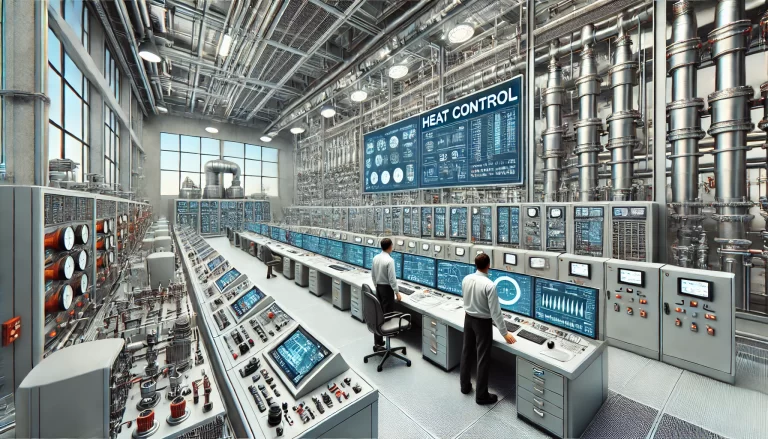Introduction
A liquid flow standard device is a precision instrument used to calibrate, verify, and evaluate the performance of liquid flow meters. These devices ensure accuracy in flow measurement across various industries, including petroleum, pharmaceuticals, water management, and chemical processing. By providing traceability to national and international standards, liquid flow standard devices are critical for maintaining consistent and reliable flow measurements.

Principles of Liquid Flow Standard Devices
Liquid flow standard devices operate based on different measurement principles, each offering varying degrees of accuracy and suitability for different applications. The most common methods include:
Gravimetric Method (Mass-Based Measurement):
The flow rate is determined by measuring the mass of liquid collected over a specific period using precision weighing instruments.
Requires accurate density measurement to convert mass flow into volumetric flow.
Provides high precision and is widely used in metrology laboratories.
Volumetric Method:
Uses calibrated containers to measure the volume of liquid passing through a flow meter over time.
Often implemented using piston provers, volumetric tanks, or calibrated glassware.
Suitable for lower accuracy applications compared to gravimetric methods.
Master Meter Method:
A highly accurate reference flow meter is installed in series with the unit under test.
The measured flow rates are compared, and any deviations are analyzed.
Used for in-field calibration and testing where direct weighing or volumetric collection is impractical.
Time-Displacement Method:
Measures the time required for a known volume of liquid to pass through a test section.
Common in laboratory setups for low flow rate calibrations.

Key Components of a Liquid Flow Standard Device
A liquid flow standard device comprises several crucial components designed to ensure accurate, repeatable, and traceable measurements:
Standard Flow Meter:
Serves as the primary reference for flow measurement.
Typically includes positive displacement meters, Coriolis meters, or turbine meters with high accuracy.
Liquid Supply System:
Includes pumps, reservoirs, and pipelines designed to maintain a steady and controlled flow of liquid.
Helps minimize pulsations and fluctuations that could affect accuracy.
Flow Control and Regulation System:
Uses control valves, flow regulators, and feedback loops to maintain precise flow conditions.
Ensures stable flow rates across different measurement ranges.
Measurement and Data Acquisition System:
Incorporates sensors for temperature, pressure, and density to correct for environmental variations.
Uses high-precision timers and automated data collection to reduce human error.
Environmental Control System:
In high-accuracy systems, environmental factors such as temperature and humidity are carefully regulated to minimize measurement errors.

Applications of Liquid Flow Standard Devices
Liquid flow standard devices are indispensable across multiple industries where accurate flow measurement is critical:
Metrology and Calibration Laboratories:
National and regional measurement institutes use these devices to ensure compliance with international flow measurement standards (ISO 4185, OIML R105).
Industrial Process Control:
Used in manufacturing plants to verify flow meters in chemical, pharmaceutical, and food processing applications.
Oil and Gas Industry:
Ensures accurate measurement of liquid hydrocarbons during transportation, refining, and custody transfer.
Prevents financial losses due to inaccurate flow measurements.
Water Management and Environmental Monitoring:
Calibrates water flow meters used in municipal and industrial water distribution.
Ensures proper billing and compliance with environmental regulations.
Aerospace and Automotive Testing:
Used in fuel flow measurement during engine testing and performance validation.

Accuracy and Calibration of Liquid Flow Standard Devices
The precision of a liquid flow standard device depends on:
The accuracy of the reference measurement system.
Stability of flow conditions (avoiding pulsation and turbulence).
The quality of environmental compensation techniques.
Routine calibration against internationally recognized standards.
Standard uncertainty for high-precision liquid flow calibration systems can be as low as 0.1%, ensuring high reliability for critical measurements.

Conclusion
Liquid flow standard devices are fundamental tools for ensuring accurate flow measurement in industrial, scientific, and commercial applications. By employing methods such as gravimetric, volumetric, and master meter techniques, these devices provide high precision, reliability, and traceability to international measurement standards. With ongoing advancements in measurement technology, the role of liquid flow standard devices will continue to be essential in enhancing accuracy and efficiency across diverse industries.
